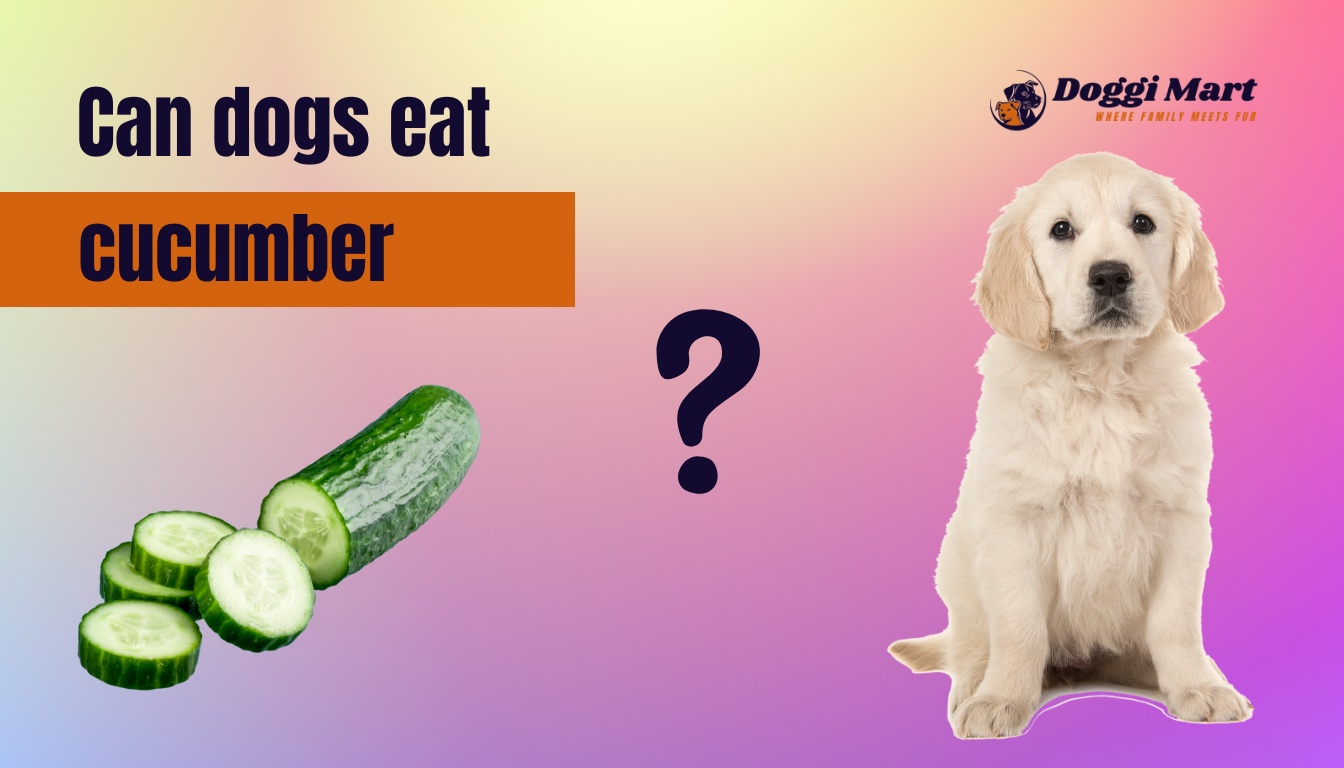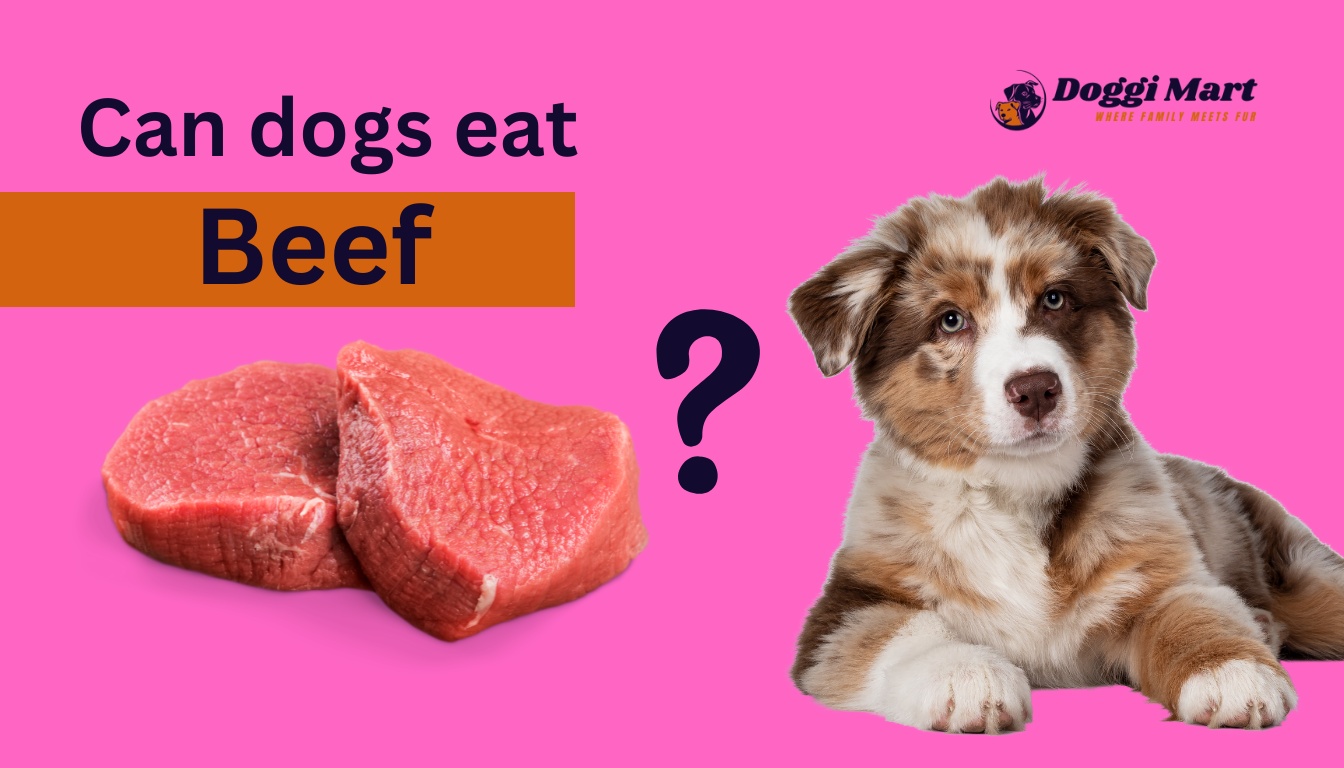
Yes, dogs can eat cantaloupe! This sweet and refreshing fruit is a safe and healthy treat for dogs when served in moderation. Packed with vitamins, fiber, and water, cantaloupe is a great way to keep your dog hydrated and happy, especially on hot days.
Why Is Cantaloupe Good for Dogs?
Cantaloupe is more than just a tasty snack. It offers numerous health benefits for your furry friend. Here are the key reasons why cantaloupe is good for dogs:
1. Rich in Nutrients
Cantaloupe is full of essential vitamins and minerals:
- Vitamin A: Supports vision and immune health.
- Vitamin C: Boosts the immune system and helps fight free radicals.
- Potassium: Promotes heart and muscle health.
- Beta-carotene: Improves eye health and reduces the risk of certain diseases.
2. High Water Content
With a water content of over 90%, cantaloupe helps keep dogs hydrated, especially during warm weather or after exercise.
3. Low-Calorie Treat
Cantaloupe is naturally low in calories and fat, making it an excellent snack for dogs that need to maintain a healthy weight.
4. Rich in Fiber
The fiber in cantaloupe aids digestion and helps regulate bowel movements.
5. Antioxidant Properties
Cantaloupe contains antioxidants that help fight inflammation and reduce the risk of chronic diseases in dogs.
How to Serve Cantaloupe to Dogs
To ensure your dog enjoys cantaloupe safely, follow these simple serving tips:
1. Wash Thoroughly
Always wash the cantaloupe before cutting it. This removes any dirt or pesticide residues from the skin.
2. Remove the Rind and Seeds
- The rind is tough and difficult for dogs to digest. It can also pose a choking hazard.
- Seeds should be removed as they may cause digestive discomfort.
3. Cut into Small Pieces
Cut the cantaloupe into bite-sized pieces to make it easy and safe for your dog to eat.
4. Serve Fresh
Serve cantaloupe fresh and plain. Avoid adding sugar, salt, or other seasonings, as these can be harmful to dogs.
Recommended Serving Sizes
While cantaloupe is healthy, it should be given in moderation. Too much can lead to an upset stomach. Here’s a quick guide:
| Dog Size | Serving Size |
| Small dogs | 1-2 small cubes |
| Medium dogs | 3-5 small cubes |
| Large dogs | 5-8 small cubes |
Potential Risks of Cantaloupe for Dogs
While cantaloupe is safe for most dogs, there are a few things to watch out for:
1. Choking Hazard
Large pieces or the rind can cause choking, especially in small dogs.
2. Digestive Upset
Overfeeding cantaloupe may lead to diarrhea or an upset stomach due to its high fiber content.
3. Sugar Content
Although natural, the sugar in cantaloupe can be an issue for dogs with diabetes or those prone to weight gain. Limit servings for such dogs.
4. Allergic Reactions
Although rare, some dogs may be allergic to cantaloupe. Introduce it slowly and monitor for signs like itching, swelling, or vomiting.
Also Read: Can dogs eat apples?
Can Puppies Eat Cantaloupe?
Yes, puppies can eat cantaloupe, but in small amounts. Their digestive systems are still developing, so start with a tiny piece and observe how they react. Always consult your veterinarian before introducing new foods to puppies.
Health Benefits of Cantaloupe for Dogs
Here’s a detailed breakdown of the nutrients in cantaloupe and their benefits for dogs:
| Nutrient | Benefit |
| Vitamin A | Improves vision, skin, and immune health |
| Vitamin C | Boosts immunity and reduces inflammation |
| Potassium | Supports heart and muscle function |
| Fiber | Promotes healthy digestion |
| Beta-Carotene | Enhances eye health and combats free radicals |
| Water | Keeps dogs hydrated |
Creative Ways to Serve Cantaloupe to Dogs
Make cantaloupe even more enjoyable with these fun serving ideas:
1. Frozen Cantaloupe Cubes
Freeze small cantaloupe cubes for a refreshing summer treat.
2. Cantaloupe Puree
Blend cantaloupe into a smooth puree and serve it as a topping for your dog’s regular food.
3. Cantaloupe and Yogurt Popsicles
Mix cantaloupe pieces with plain, unsweetened yogurt and freeze them in silicone molds for a tasty and cooling snack.
4. Cantaloupe Salad
Combine small cantaloupe chunks with other dog-safe fruits like blueberries or watermelon for a fruity treat.
5. Training Treats
Use small pieces of cantaloupe as rewards during training sessions.
Comparing Cantaloupe with Other Fruits for Dogs
| Fruit | Benefits | Risks |
| Cantaloupe | Hydrating, rich in vitamins and fiber | Can cause digestive upset in large amounts |
| Watermelon | Hydrating, low in calories | Avoid seeds and rind |
| Blueberries | High in antioxidants | None when served in moderation |
| Apples | Good source of fiber and vitamins | Remove seeds and core |
| Strawberries | High in Vitamin C and antioxidants | Contains natural sugar |
FAQs About Dogs and Cantaloupe
1. Can dogs eat cantaloupe rind?
2. Can dogs eat cantaloupe seeds?
3. How often can dogs eat cantaloupe?
4. Is cantaloupe safe for diabetic dogs?
5. Can cantaloupe replace a dog’s meal?
Conclusion
Cantaloupe is a safe, nutritious, and delicious treat for dogs when served correctly. Packed with vitamins, hydration, and fiber, it can be a refreshing addition to your dog’s diet. Always remember to serve it in moderation, remove the rind and seeds, and introduce it gradually to avoid digestive issues.
As with any new food, consult your veterinarian if you’re unsure about adding cantaloupe to your dog’s diet. Treat your pup to this sweet, juicy fruit and enjoy watching them savor every bite!
Also Read: Can Dogs Have Pickles?




















